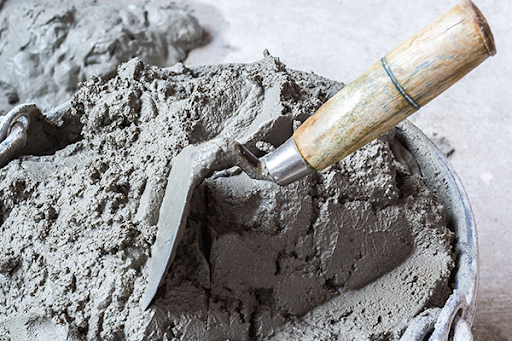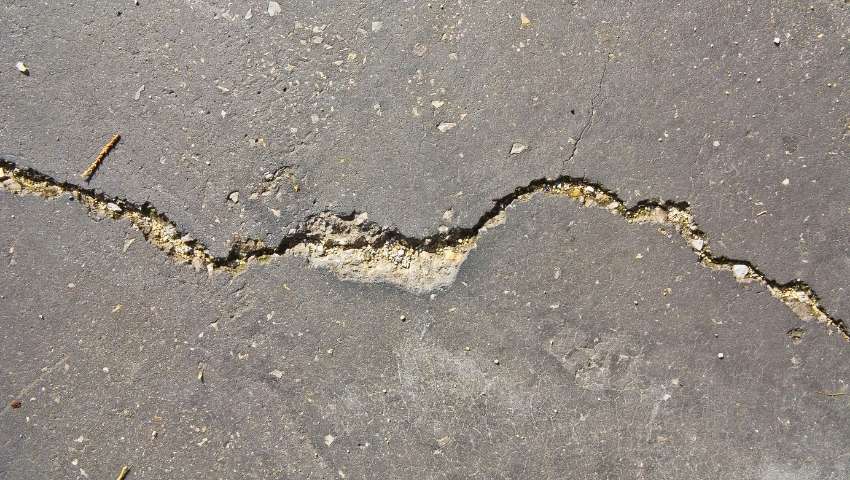Spalling concrete is dangerous, trust us.
For those unaware, the spalling of concrete, in layperson terms, can be described as flaking or breaking apart of the concrete from its structure, as a result exposing the interior reinforcing materials to the atmosphere.
Although an occurrence most frequently observed in places with colder climates, no part of the world has found itself untouched by it.
And the threats posed by this scaling have been felt all around the globe. Some examples of the same have been discussed below.
How Is Concrete Spalling Dangerous?
There is a whole slew of risks involved with the breaking off of concrete walls and floors and proper care is required on a regular basis to eliminate them. But what troubles it may cause, you ask?
Let’s have a look.
- The falling of broken concrete debris on people, as well as objects below, poses the threat to one’s life and property. While the damage done to property can be reimbursed, there is no compensation one can offer for a lost life or a disabling injury.
- The reinforcing structure upon which a building stands, when exposed to the atmosphere, becomes highly susceptible to corrosion, once the concrete starts flaking. This can lead to the weakening of the construction’s strength.
- The aesthetic value and visual appeal of the building decrease significantly with spalling concrete. This also means a direct fall in the value of the property. While not as harmful to one as a threat to life, no one wants to lose the extra income either
Causes Of Concrete Spalling
There can be a number of reasons that can cause the concrete in your construction to start cracking and scaling, including the following:
Freezing Seepage
Most common in cold climate regions, this is when the water seepage inside a wall freezes and turns to ice. Since the volume of ice is much more than that of water, the concrete starts cracking in an attempt to accommodate the new product being formed.
Inadequate Water Usage
On the one hand, the use of less than the required amount of water may allow air pockets to form unintentionally that can later result in cracks. However, on the other hand, too much water can work in significantly reducing the concrete’s strength, which can then result in the formation of microcracks at a later date.
High Temperatures
Both fire and high climatic temperatures can be exceedingly terrible for concrete constructions leading to explosive spalling scenarios. This is owing to increased pore pressure that develops due to oversaturation.
Others
Other causes of spalling concrete may include improper structural cover, high alkali content in cement, and increased exposure to sulphate compounds. Pollution can also have an adverse effect on the lifespan of concrete construction.
Tips To Prevent Spalling Concrete
To prevent the spalling of concrete in your property, you can follow the tried-and-tested tips shared below.
Recheck your Concrete Mix
Just like the proper water content required to ensure a strong and durable construction, the right concrete mix is also of utmost importance. For the same, you can get in touch with your supplier to work on the mix that will carry you through the various seasons and temperatures in your region.

(Source)
Keep an eye on the w/cm ratio, the 28-day concrete strength as well as the air content requirement for your building while developing an effective approach towards accelerants needed.
Revisit your Finishing Procedure
Proper placing and setting of concrete are essential to any construction project, before it may move on to the finishing part. While carrying out the finishing procedure prematurely can seal the water used within the concrete, thus making it vulnerable to seepage. Overworking the wet slab of concrete can also weaken the building by destroying the air bubbles specifically placed there.
Cure the Flatwork
Curing is a necessary step when dealing with concrete construction, and it is especially true when laying flatworks. Both sprays and paint rollers can be used for this purpose so that the concrete may gain some much-needed strength and moisture. This curing can be done with any curing compound of your choice or even a water-repellent covering. It is also important that you let it dry before carrying out the next step with the defrosting or deicing salts.
Wrapping Up
As we’ve already established, spalling concrete is a hazard that needs to be either prevented or repaired at the first sign of damage. The threats it poses to both life and property are extensive and thus, no carelessness can be afforded.
You can also choose the option of switching to safer material options like rubber, wherever possible, for instance, the driveway leading to your doorstep and your garage and basement floors. Playgrounds can also be paved with the same for further safety. It is both durable and easy to maintain as well.
Frequently Asked Questions
What is Spalling Concrete?
Spalling or as it is popularly known as flaking concrete is when the concrete construction starts cracking and breaking off the structure, thus exposing the reinforcements used in its internal structure.
Can damage caused by spalling concrete be prevented?
Yes, the damage caused by spalling concrete can be prevented with proper care during the construction of the same as well as regular maintenance. Usage of good quality tools along with monitoring each step of the process like reviewing the concrete mix is a good start in that direction.
What to do if the concrete has started flaking already?
If you can see the cracks spreading through your concrete construction, get in touch with your builder or the nearest contractor at the earliest.

